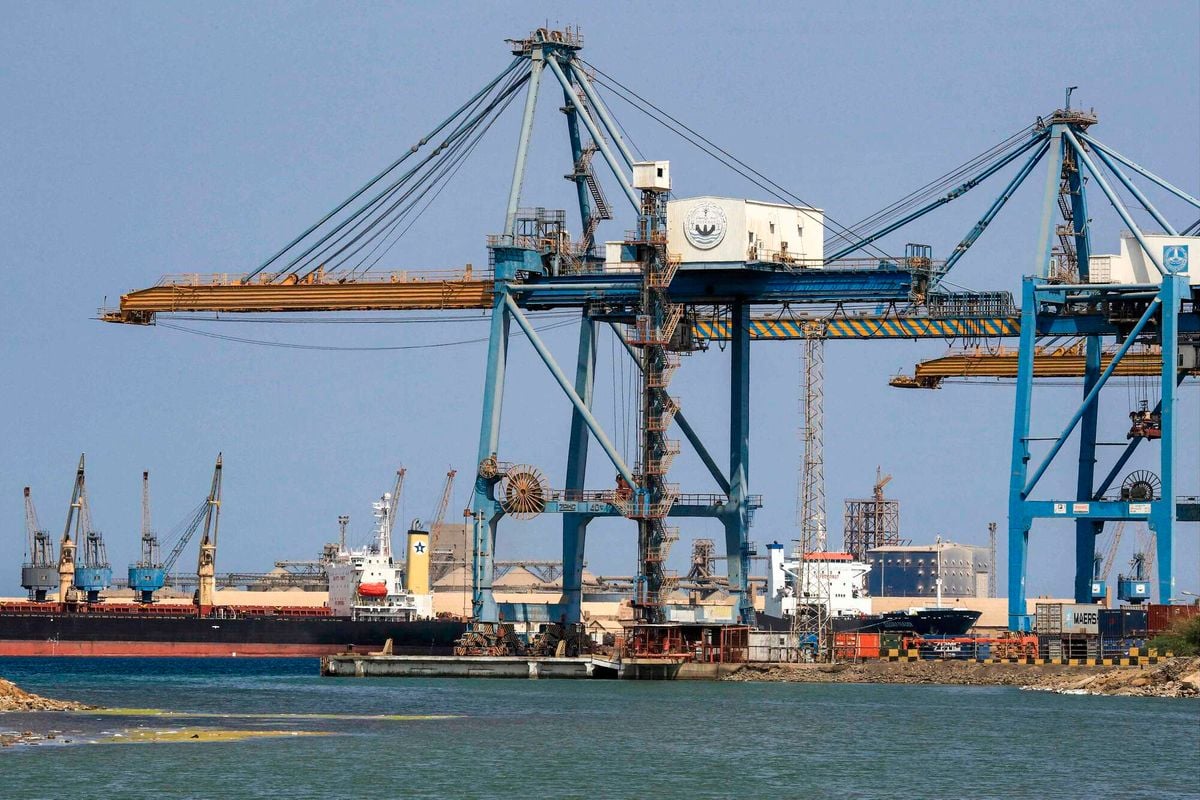Dubai hosted a high-level ministerial roundtable alongside the UAE‑Africa Tourism Investment Summit 2025, assembling officials from more than 20 African nations and the United Arab Emirates to outline an investment mapping totalling about USD 6 billion aimed at boosting tourism, aviation, transport, infrastructure and digital transformation across Africa. The joint ministerial statement forecasts creation of some 70,000 jobs across participating countries.
At the meeting, Abdulla bin Touq Al Marri, Minister of Economy and Tourism, declared that the UAE and Africa “stand at a pivotal moment in developing a resilient and sustainable tourism sector.” He emphasised that the newly launched investment mapping “features diverse tourism projects in the fields of aviation, logistics services, infrastructure, and the digital sector” and that it “paves the way for regional and global business communities to participate in UAE-Africa tourism investment projects”.
The allocation of funds and framework focuses on five priority pillars. The first, Tourism, targets quality tourism infrastructure, efficient connectivity, human-capital enhancement, local content and climate adaptation. The second, Investment and Infrastructure, stresses predictable regulatory frameworks and alignment with the African Continental Free Trade Area. The third pillar, Aviation and Connectivity, aims to expand air links, enhance logistics services and facilitate mobility. Fourth, Sustainability, recognises climate risks to coastal and forest-based destinations and commits to renewable energy, nature-based solutions and resilient tourism models. And the fifth, SME-financing and Innovation, places emphasis on youth- and women-led enterprises, startups, business incubators and access to finance for private-sector involvement.
Officials from African nations including Angola, Senegal, Zambia, South Africa, Nigeria, Côte d’Ivoire and Cabo Verde spoke to the broad scope of the initiative, stressing that tourism holds untapped potential for sustainable growth on the continent. Among the expected outcomes are strengthened public-private partnerships, blended financing mechanisms, debt-for-nature swaps and guarantee instruments to attract institutional investors.
The backdrop for this initiative is the UAE positioning itself as a strategic hub for global tourism investment, leveraging its robust infrastructure and experience in attracting international capital. The UAE’s model is being cited as a template for replication in African markets, where tourism has often played a secondary role rather than being embedded as a strategic pillar of economic policy.
African destinations involved in this mapping will be required to submit priority projects under the framework that align with the five pillars, with the aim of facilitating investor engagement and execution tracking. The proposed investments are intended to yield both direct and indirect employment opportunities across sectors, contribute to economic diversification, boost small- and medium-sized enterprise activity and provide sustainable tourism models that protect cultural and natural heritage.
However, analysts caution that while the headline figure of USD 6 billion is significant, the real challenge will lie in execution, regulatory alignment, and translation of mapped projects into operational assets. Infrastructure deficits, connectivity bottlenecks, skills gaps and climate vulnerability remain material hurdles for many African destinations. The alignment with AfCFTA is promising but requires rigid policy coordination and institutional capacity building to be effective. Moreover, the private-sector appetite will hinge on risk mitigation, transparency and the functioning of local ecosystems—areas which often need strengthening.
This summit follows earlier signals of enhanced UAE-Africa financial engagement; for instance, UAE companies reportedly invested more than USD 110 billion in new projects across Africa between 2019 and 2023, positioning the UAE among the world’s top investors in Africa by project volume. That track record provides credibility to the new tourism-investment undertaking but also raises expectations for deliverables.

